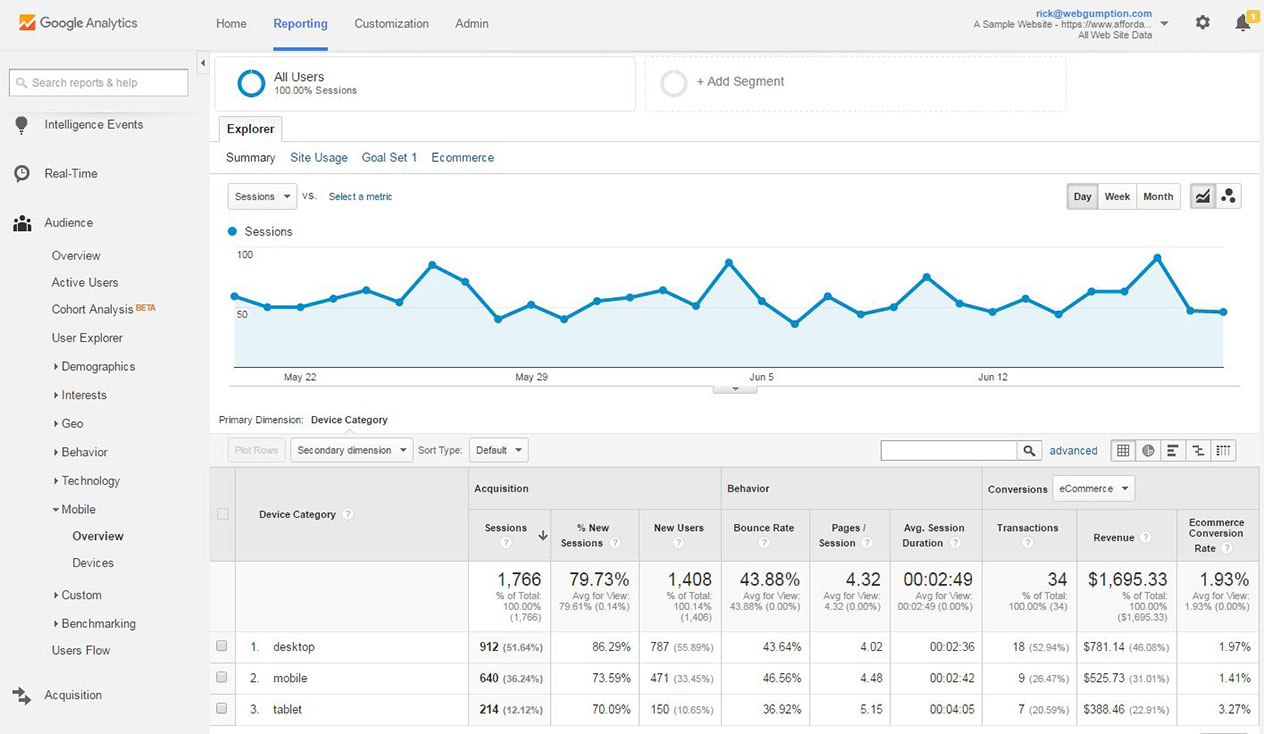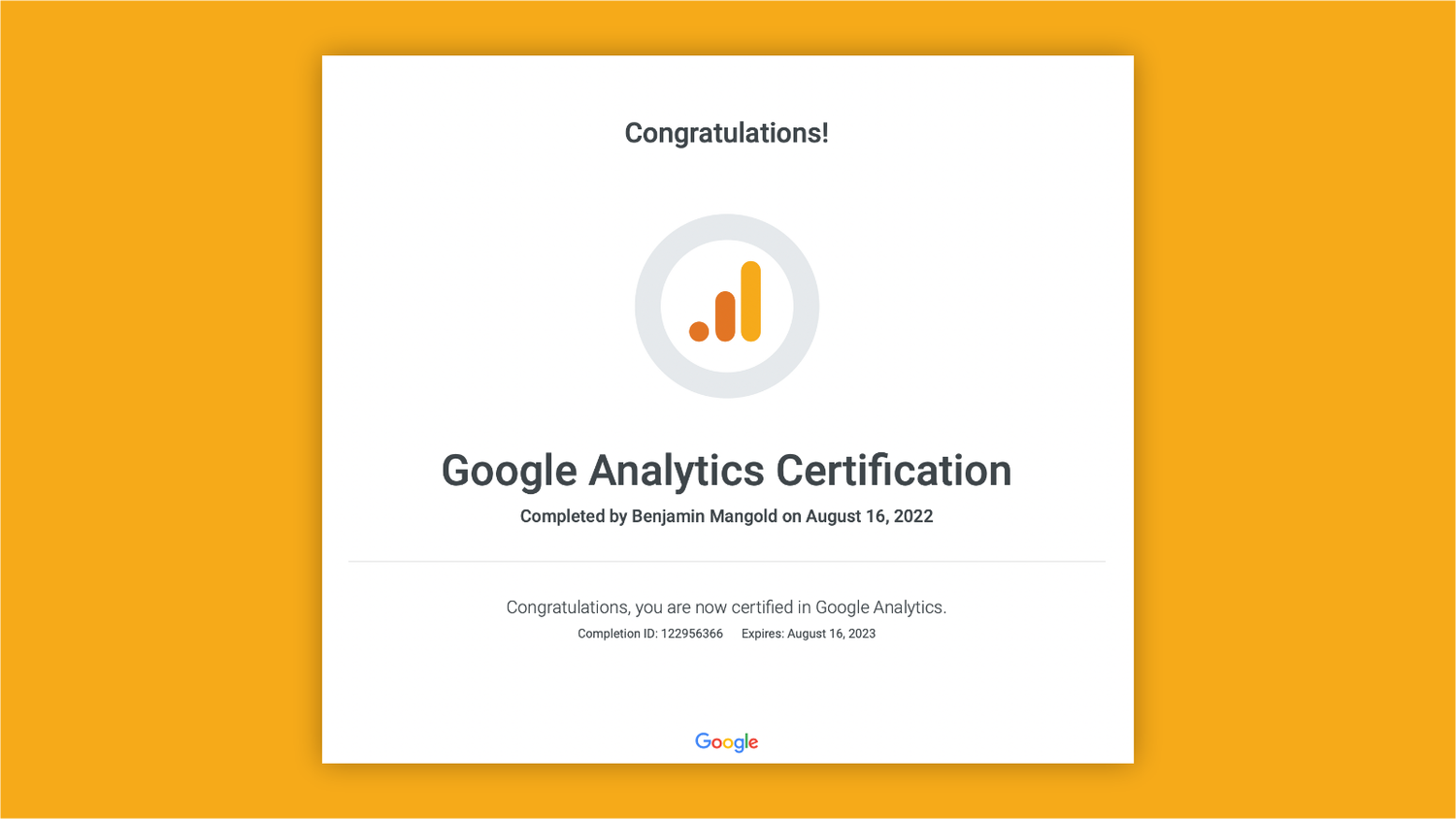Comprehensive Guide: What Data Does Google Analytics Prohibit Collecting?
Comprehensive Guide: What Data Does Google Analytics Prohibit Collecting?
Blog Article
Leveraging Google Analytics for In-Depth Insights Into Individual Behavior and Involvement
In the electronic landscape where user habits and interaction hold the crucial to on-line success, leveraging devices like Google Analytics has actually come to be critical for services looking for to understand their audience's interactions with their platforms. This sophisticated analytics platform uses a wealth of data that can unveil complex details regarding exactly how users navigate sites, engage with web content, and inevitably convert - what data does google analytics prohibit collecting. By tapping right into Google Analytics, companies can reveal beneficial understandings that exceed surface-level metrics, providing a detailed understanding of customer habits and preferences
Comprehending Customer Actions Through Google Analytics
Using Google Analytics supplies a thorough understanding of customer habits on digital systems. By assessing information such as the number of visitors, their geographical areas, the web pages they go to, and the actions they take, businesses can acquire useful insights right into just how individuals interact with their websites or applications. This info enables informed decision-making, enabling organizations to optimize their on the internet presence for enhanced user experience and involvement.
One key facet that Google Analytics assists to discover is individual traffic patterns. By tracking metrics like the resource of traffic, referral web links, and preferred key words, companies can identify what drives customers to their platform. what data does google analytics prohibit collecting. This expertise aids in tailoring advertising approaches to target certain demographics or passions efficiently
Additionally, Google Analytics uses in-depth reports on individual involvement, showcasing metrics like bounce rates, session periods, and conversion prices. Comprehending these metrics provides important comments on the effectiveness of content, style, and overall customer experience, encouraging organizations to make data-driven improvements and drive much better results. Essentially, Google Analytics serves as a powerful tool for analyzing user actions and optimizing digital platforms for success.
Studying Internet Site Traffic Patterns
Understanding the flow of website traffic on an internet site is vital for enhancing its efficiency and enhancing customer involvement. Analyzing site traffic patterns offers useful understandings right into just how users interact with the site, what web content they find most engaging, and where they may be experiencing challenges. By leveraging devices like Google Analytics, web site owners can track metrics such as page sights, special visitors, bounce rates, and typical session duration to obtain a detailed understanding of customer habits.
Additionally, assessing the actions flow within the website can highlight popular touchdown pages, exit pages, and the most usual paths users take through the website. Identifying these patterns makes it possible for internet site proprietors to make educated decisions regarding content positioning, navigation enhancements, and total site design to enhance individual experience and drive conversions.
Tracking User Interaction Metrics
To grow the insights got from examining website traffic patterns, it is vital to focus on monitoring individual interaction metrics. Individual involvement metrics offer important information concerning how visitors interact with a web site, showing the degree of rate of interest and complete satisfaction with other the web content. By tracking metrics such as bounce price, average session duration, web pages per session, and conversion rates, website proprietors can recognize the effectiveness of their web content and user experience.
Conversion prices track the percent of site visitors that finish a desired action, such as making a purchase or filling out a type, showing the effectiveness of the internet site in driving customer activities. By evaluating these individual engagement metrics, internet site proprietors can make informed decisions to optimize their material and user experience to enhance engagement and accomplish their goals.
Identifying Conversion Opportunities
Identifying prospective conversion chances is a crucial aspect of maximizing web site efficiency and attaining desired individual activities. With Google Analytics, services can reveal beneficial insights that can help in identifying areas where customers are dropping off or otherwise proceeding to the preferred conversion actions. By examining metrics such as conversion rates, touchdown web page efficiency, and customer circulation, businesses can identify prospective bottlenecks in the conversion process.

Furthermore, making use of Google Analytics' habits circulation attribute can provide a graph of just how users browse through the web site. This can help in recognizing preferred pathways along with any barricades that might be impeding conversions. By leveraging these understandings, services can optimize their website for improved individual experience and increased conversion prices.
Enhancing User Experience With Data-Driven Insights
By leveraging data-driven understandings from More Bonuses Google Analytics, services can tactically enhance their site to boost individual experience and drive greater conversion prices. Understanding customer habits through information analysis enables firms to customize their websites to satisfy the particular requirements and choices of their target market. By identifying essential metrics such as bounce rates, session period, and popular web pages, businesses can obtain important insights right into just how individuals communicate with their site.
Google Analytics gives in-depth information on user demographics, tools used, and also the particular activities tackled the web site. This information allows organizations to make informed choices on website style, web content placement, and general customer flow. By leveraging these understandings, business can produce an extra appealing and personalized individual experience, resulting in raised contentment and loyalty.
In addition, data-driven understandings can help services determine discomfort factors in the customer journey and apply targeted renovations to improve the conversion process. By continuously assessing and keeping track of individual habits, companies can adjust and maximize their website to make certain a smooth and pleasurable experience for visitors, eventually driving higher conversion rates and taking full advantage of service success.

Verdict
In conclusion, Google Analytics gives beneficial understandings into customer habits and engagement on internet sites. By evaluating traffic patterns, tracking involvement metrics, and recognizing conversion chances, organizations can make data-driven decisions to enhance the customer experience. Leveraging these insights can lead to boosted internet site performance and boosted conversions.
By tracking metrics such as bounce rate, average session duration, web pages per session, and conversion prices, web site owners can comprehend the effectiveness of their web content and customer experience.
Conversion rates track the portion of site visitors who finish a preferred action, such as making a purchase or filling out a form, reflecting the efficiency of the site in driving user activities. By examining these user engagement metrics, website owners can make enlightened decisions to maximize their content and customer experience to enhance involvement and attain their goals.
By leveraging these understandings, organizations can enhance their why not check here site for boosted customer experience and increased conversion prices.
By leveraging data-driven insights from Google Analytics, businesses can tactically maximize their site to boost user experience and drive greater conversion prices.
Report this page